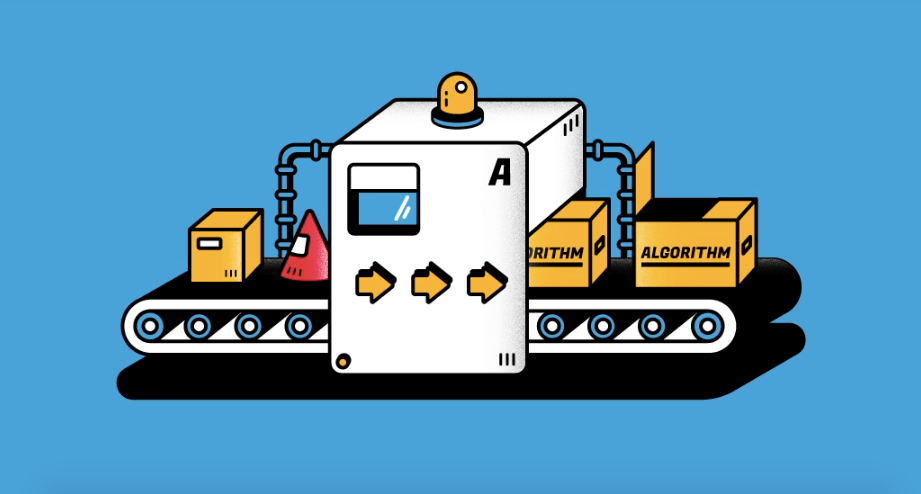
This article is a WTF explainer, in which we break down media and marketing’s most confusing terms. More from the series →
Advertisers have been adopting data clean rooms, in part, as a means of equipping themselves for a future when they cannot rely on the third-party cookie for ad targeting. The problem is, clean room-based advertising at scale is a challenge at the moment.
“If I think about what’s required in the industry right now, there is not a scalable [real-time bidding] solution yet for utilizing [personally identifiable information] in a privacy-safe way,” said Therran Oliphant, svp and head of data and technology for North America at EssenceMediacom.
Enter IAB Tech Lab’s Open Private Join and Activation. The specification offers up a standardized process for matching an advertiser’s and a publisher’s first-party data sets — including in cases where they use different data clean room providers — and making the match results available for ad targeting while mitigating access to the underlying first-party data.
Sounds simple enough, right? Maybe. But the matching and activating process — or processes — is pretty complex, as the video below breaks down with help from Oliphant, Publicis Groupe’s Jess Simpson and Optable’s Bosko Milekic, one of OPJA’s authors.
More in Marketing

Best Buy, Lowe’s chief marketing officers explain why they launched new influencer programs
CMOs launched these new programs in response to the growing importance of influencers in recommending products.

Agencies create specialist units to help marketers’ solve for AI search gatekeepers
Wpromote, Kepler and Jellyfish practices aim to illuminate impact of black box LLMs’ understanding of brands search and social efforts.

What AI startup Cluely gets — and ad tech forgets — about attention
Cluely launched a narrative before it launched a tool. And somehow, it’s working.








